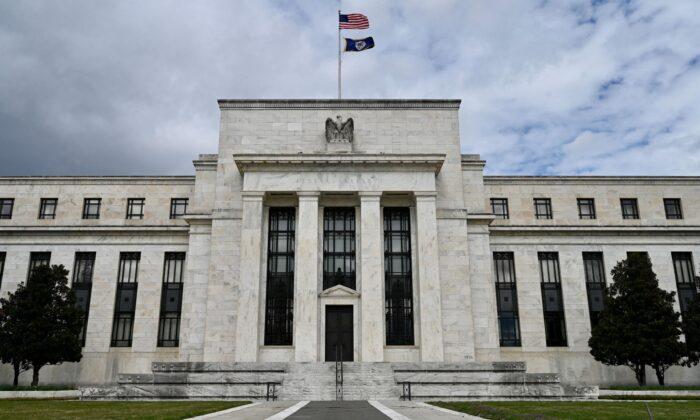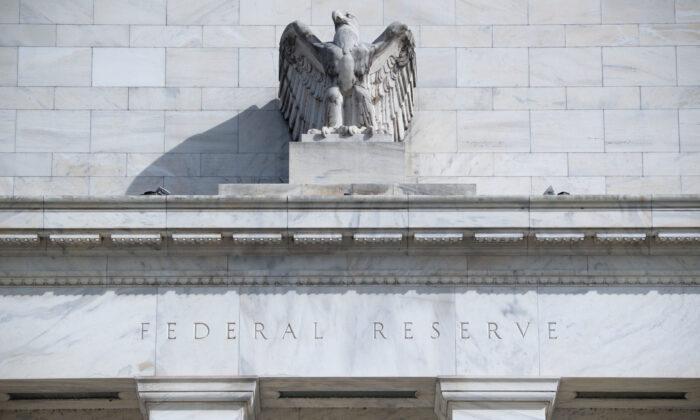The big question heading into 2023 is the dreaded “R” word. Can the U.S. economy avoid a recession amid the most aggressive rate-hiking campaign by the Federal Reserve since 1980?
Anything is certainly possible. However, with economic activity affected by higher rates and inflation, the odds of a recession seem elevated. This was a point made in Part 1:
“As we head into 2023, we expect a rather sharp dollar decline. Such should be the consequence of Federal Reserve rate hikes and aggressive policy tightening, sparking an economic recession. As discussed, our monetary policy conditions index, which combines the dollar with inflation, interest rates, and federal funds, suggests an economic contraction is the most likely outcome. Historically, a dollar decline coincides with economic slowdowns and recessions, which is not surprising as demand for goods declines.”


The Un-Inverting Yield Curve
In “The Policy Pivot May Not Be Bullish," I explained:“Notably, most ‘bear markets’ occur AFTER the Fed’s ’policy pivot.' The reason is that the policy pivot comes with the recognition that something has broken either economically (aka “recession”) or financially (aka “credit event”). When that event occurs, and the Fed initially takes action, the market reprices for lower economic and earnings growth rates.”
The last sentence is key.
So far, investors have mostly overlooked the rate-shock impact on the real economy. However, the Fed’s aggressive rate hikes have collapsed the composite Economic Composite Index and the six-month rate of change of the Leading Economic Index. These indicators are strong leading indicators of economic slowdowns and recessionary onsets.
- The Fed always blinks.
- Stocks always go up.
- Tech always leads stocks higher.
The problem is that this likely will lead to two eventual outcomes, neither supportive of being bullish on stocks.
The first is the still-coming impact on earnings and profit margins. Since early 2022, I warned earnings estimates remain excessively high relative to what the economy will generate in 2023. With rates and inflation eroding economic activity, forward earnings estimates must adjust lower. As such, stocks will have to reprice lower as well. The Economic Composite Index, as noted above, confirms the same.

Why Bonds May Be the Best Asset in 2023
Our investment strategy for 2023 is primarily predicated on what happens when the yield curve un-inverts. Interestingly, this un-inversion is part of the investor’s primary belief that the “Fed always blinks.”
As yields fall, the race will be the Fed cutting rates faster than the long-end declines to boost monetary accommodation to offset recessionary pressures. This is why, as shown below, Fed rate changes “take the stairs up, but the elevator down.”

Of course, as yields plummet, bond prices rise as investors seek the “safety of capital” over “risk” as the equity market reprices for recessionary outcomes.
What If I’m Wrong?
In virtually every professional field, there is risk.
Those who fail to focus on and recognize the inherent risk, more commonly known as “being reckless,” tend not to be around very long in any given profession. What always separates the winners from losers are those that can avoid catastrophic damage over time.
While a recessionary outcome, given the magnitude of rate hikes by the Federal Reserve, seems to be the most logical case, there is always the possibility something else could happen.
If I am wrong about a further earnings decline, and the economy avoids a recession, then the market is likely more fairly priced than not.
Such would also suggest investors are closer to the equity market lows than not.
This is the problem with current earnings estimates, which remain deviated above their long-term 6% annualized growth trend.

Throughout history, earnings regularly revert to the long-term growth trend, if not beyond it. The risk of a reversion was not expected in 2020 either before it came. I suspect 2023 may be no different.

While bonds will likely be the best asset class during the first half of 2023 as the yield curve un-inverts, equities will likely bottom in the second half as the bear market ends.
As Nobel laureate Dr. Paul Samuelson once quipped: “Well, when events change, I change my mind. What do you do?”
As a portfolio manager, I am neither bullish nor bearish. I view the world through the lens of statistics and probabilities. My job is to manage the inherent risk to investment capital. If I protect the investment capital in the short term, the long-term capital appreciation will take care of itself.





